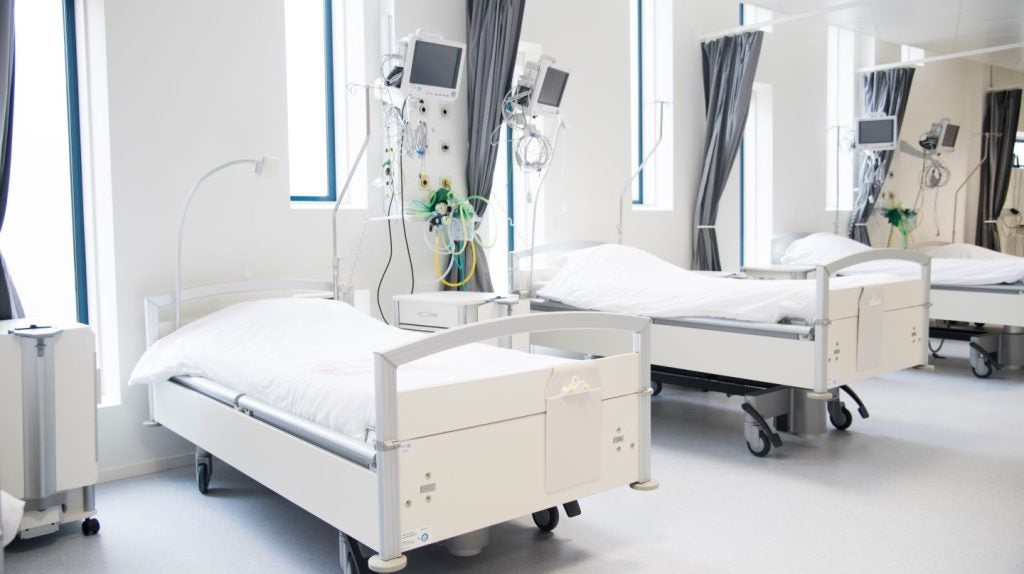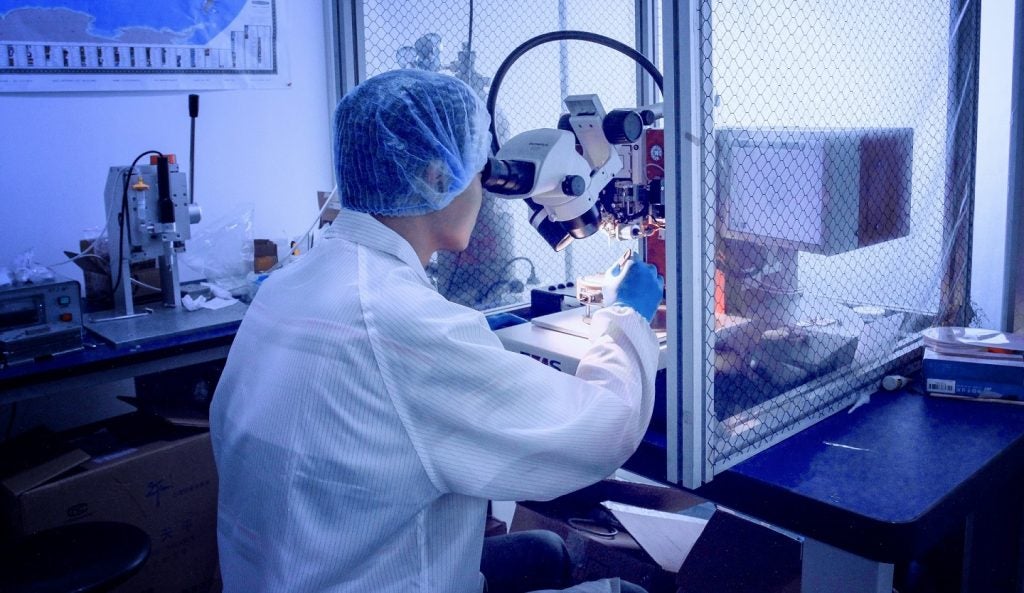The University of Texas (UT) Health San Antonio in the US has announced that its Multispecialty and Research Hospital, expected to open its doors in December this year, will be equipped with the latest technology to enhance patient and family experiences.
The facility will feature 144 beds and 12 surgical suites.
The hospital’s advanced features will include beds that are capable of repositioning patients and monitoring vital signs, as well as alerting staff to potential falls or unauthorised bed exits.
Robots that can navigate the corridors to deliver water, lab specimens, and pharmacy medications will also be part of the amenities.
Virtual nursing capabilities will be integrated into each patient room, with large-screen monitors allowing for remote interactions with healthcare professionals and family members.
The monitors will be able to display the patient's care team, daily schedule, and entertainment options, while also offering a direct line to the cafeteria for diet-specific meal ordering.
Nursing efficiency is improved through badge-tap computer station logins, expediting access and saving valuable time.
The design of the hospital prioritises workflow, with the strategic placement of team stations and supply rooms.
A Wi-Fi network underpins the facility's operations, catering to both personal and medical device connectivity needs.
The visitor experience is enhanced with text message guidance, kiosk check-ins, and an electronic records system that streamlines communication for seamless transitions from hospital to home care.
In addition, the hospital will introduce new medical procedures to the region, such as magnetic resonance-guided focused ultrasound ablations for essential tremors, offering incisionless alternatives to traditional surgeries.
UT Health San Antonio Multispecialty and Research Hospital chief operation officer Jeremy Viles said: “There is not a single piece of technology in this hospital that someone said, ‘it would be really cool if we had this.”
“Every piece of technology was reviewed and selected with the intent of trying to solve challenges of our care teams that they’ve experienced over their careers. Every aspect of care delivery and consideration of those working in this environment is crucial to what we are building.”














